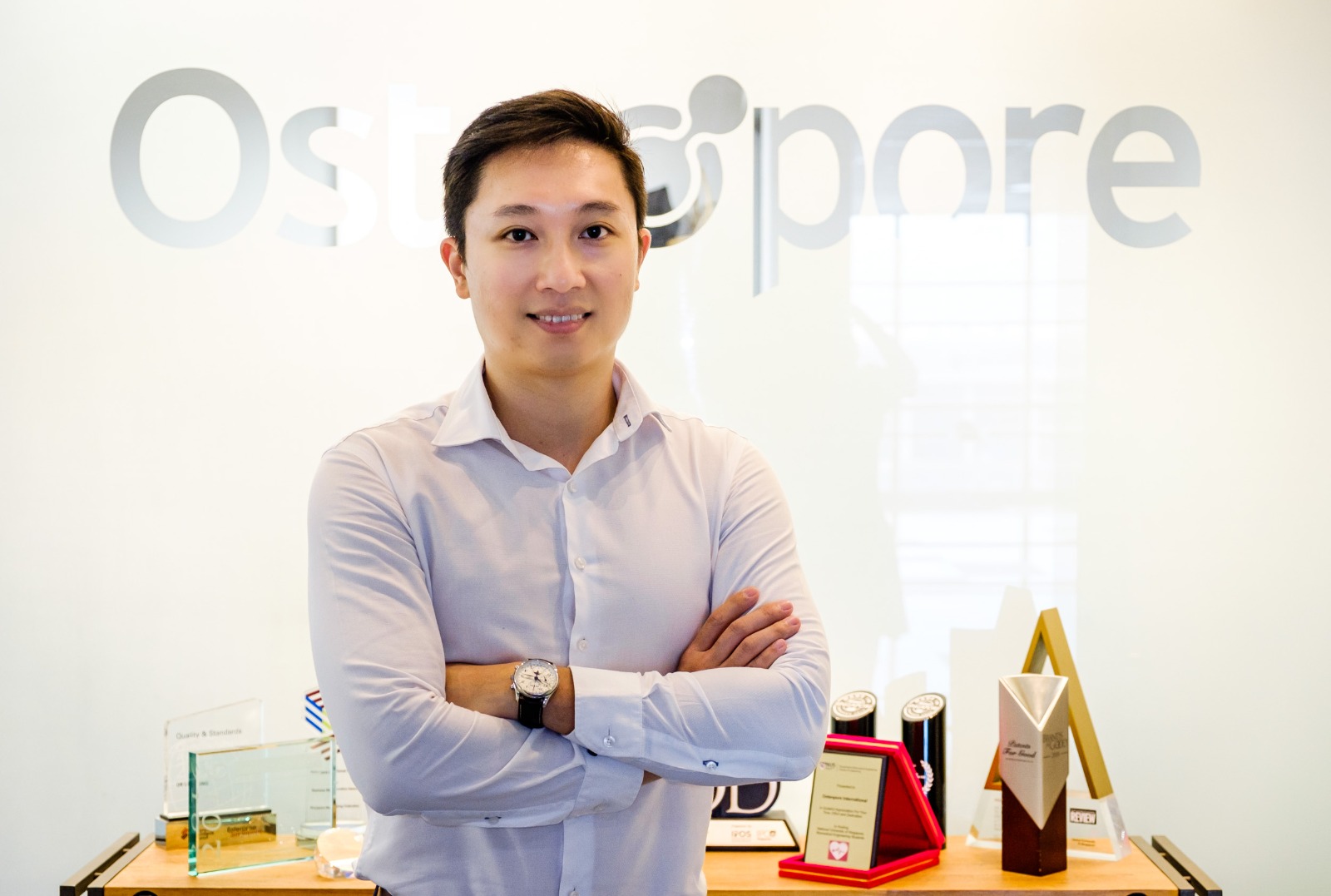In an article published by the University of Cambridge in 2021, Singapore’s medical technology industry witnessed substantial growth in the past two decades, which could be categorised into four main phases: “Sowing the Seeds”, “Attracting Talents”, “Industrial Alignment”, and “Continued Growth”. In that article, Singapore was described as going through the phase of “Continued Growth” over the last five years due to our growing manufacturing value-added output in spite of the levelling off of R&D spending. In fact, the latest figures from SingStat indicated that Singapore’s manufacturing value-added output from the biomedical industry was S$15B in 2022, approximately 8.7% higher than in 2021. Within this industry, the pharmaceutical sector saw a 22.6% increase in output, while the medical technology output shrunk by approximately 10.9%. As Singapore continues its long-term commitment to R&D through various economic cycles, the RIE2025 plan has laid the foundation to scale technology translation and commercialisation – S$5.2B (21% of RIE2025 budget) has been set aside specifically for this purpose.
Being formerly part of the R&D ecosystem and now part of the biomedical manufacturing ecosystem, it is a privilege to participate in Singapore’s continued investment and commitment to elevating our status in the global biomedical arena. At Osteopore where I currently work, we commercialize 3D printed implants that empower natural tissue regeneration. The first generation of our devices are focused on restoring bone in the skull and facial skeletal regions, and have been placed on the market as early as 2006 through FDA 510(k) clearance, and 2007 in Singapore’s HSA. The commercialization of our first generation devices was driven by seven years of R&D effort between 1996-2003, very much in line with Singapore’s phase of constructing the biomedical ecosystem (infrastructure set-up, global headhunting of experts, partnership with foreign MNCs).
During the early 2000’s, the state-of-art for bone implants predominantly followed a like-for-like replacement concept. Back then, there was more emphasis on prioritizing mechanical characteristics and the bio-inert nature of synthetic implants. This is despite the fact that about 10 years prior (circa. 1992), tissue engineering was made known as the way forward to regrow lost tissue – tissue engineering has now developed into a prominent treatment ideology in the clinical community.
(Related: Addressing 3 common male health conditions)
The Singapore ecosystem for bone implants has also witnessed the evolution in treatment concept to derive superior clinical outcomes for our patients. Over the past few years, we have observed a growing interest in the clinical community for implants that not only restore mechanical purpose, but also turn into biologically-relevant and anatomically-relevant tissues in the body. In addition, the advent of 3D printing and pivotal changes in regulator mindset has spurred the development of bone implant solutions that carry forth the tissue engineering concept. On this note, it is important to illustrate the difference between bone implants and bone fixation implants. The former fills gaps in our skeletal system while the latter serves to stabilize broken bones, and may be used in combination or individually, depending on the needs of the patient. Here, we will focus more on bone implants in Singapore.
Osteopore was founded with the vision to revolutionize patient healing, through the creation of a bone implant that combines 3D printing with biomaterials that can dissolve safely in the body to elicit the desired response from our body to achieve successful healing. We are privileged to work within an ecosystem that not only prioritizes quality of care, but is also willing to invest in medical technology innovation.
Our initial efforts to commercialize this bone implant technology has not gone to waste – we have observed adoption of our technology in many public hospitals and private clinics/hospitals, with growing interest in complex tissue restoration. Recently, our clinician partners in Singapore General Hospital pioneered a chest deformity treatment procedure for a patient – this has gathered substantial interest from our local community and has been featured in local news.
Our technology works by facilitating bone tissue and vascular infiltration through our implants, connecting one end of bone to the other. Over time, the entire implant becomes integrated with bone tissue and the biomaterial harmlessly dissolves in the body, leaving no permanent material.
We have continued to upgrade and update our technology by collaborating widely with Research Institutions and Institutes of Higher Learning in Singapore and abroad. Recently, we initiated a public-private partnership with A*Star and National Dental Centre, to develop future generations of tissue regeneration technology that aim to push regeneration outcomes further. The crucial portion of this partnership is in the fact that scientists, clinicians, and industry are openly sharing ideas and contributing efforts to continuously improve outcomes for patients.
With the support of RIE2025 and the ecosystem, I look forward to the future for Singapore. With quiet confidence, high quality and standards, and conscientious work, we will be able to represent our little Red Dot prominently in the global medical device and technology scene.
Dr. Jing Lim is the Chief Technology Officer (CTO) and Chief Operating Officer (COO) of Osteopore. He graduated from Nanyang Technological University (NTU), with a Ph.D. in Bioengineering and Biomedical Engineering. Dr Lim’s postgraduate works involved specialisation in bone tissue engineering, the development of wound healing membranes, and cell labelling platforms. He conducts research on biomaterials for tissue engineering, regenerative medicine, and has published 14 articles in internationally peer-reviewed journals.






 Dr. Jing Lim, Chief Technology Officer (CTO) and Chief Operating Officer (COO), Osteopore
Dr. Jing Lim, Chief Technology Officer (CTO) and Chief Operating Officer (COO), Osteopore




 Back
Back
